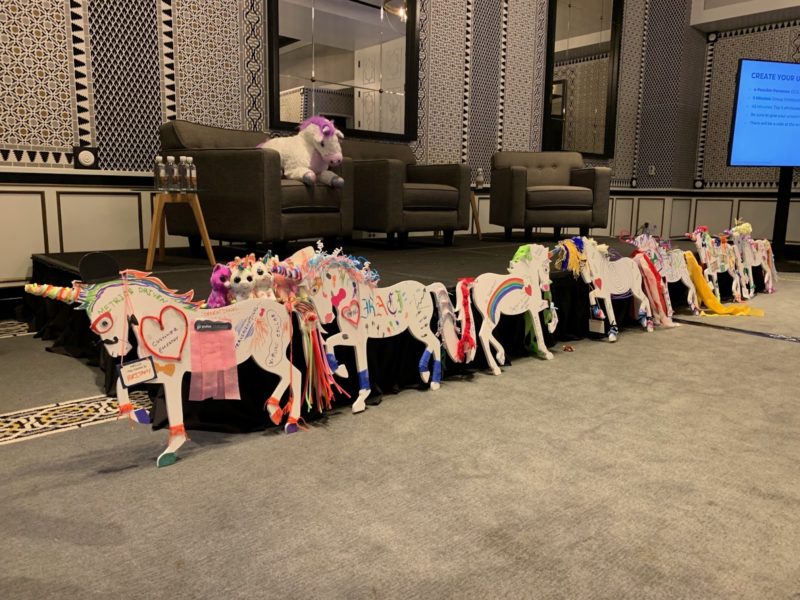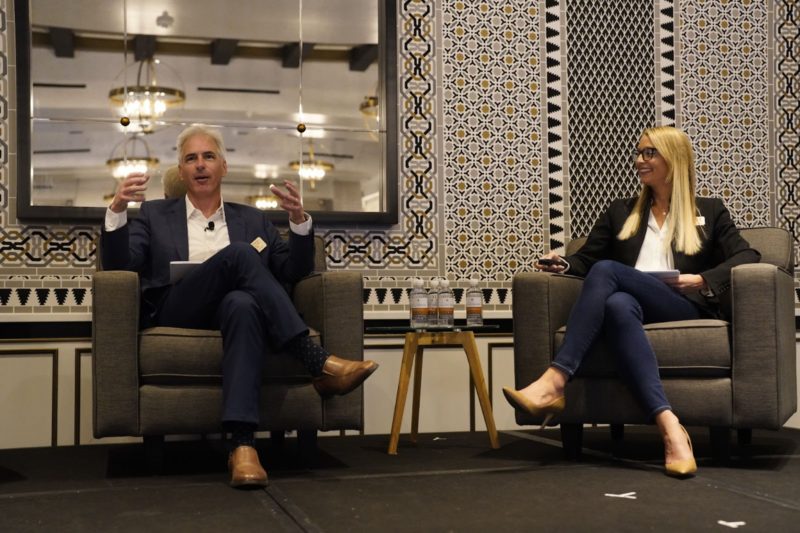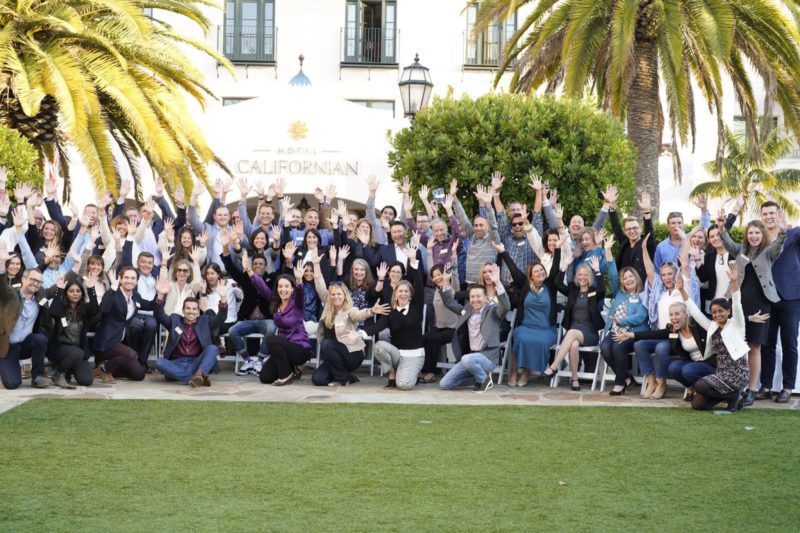A few weeks ago, I attended our exclusive, invite-only Pulse CxO Summit at the beautiful Hotel Californian in Santa Barbara, CA. The event was limited to fifty C-level leaders in the Customer Success community. Getting together, in person, with so many thought-provoking peers was special. And after a two-year hiatus due to COVID, being back in person couldn’t have felt better. Here are some of my key takeaways.
1. We Have A Special CxO Community

Learning and networking with other leaders within Customer Success is pretty special. There is so much knowledge, experience, and, most importantly, an openness to discuss challenging topics. In addition to the wealth of CS expertise in the room, it’s always an added joy to participate in activities loosely associated with Customer Success – Like decorating our unicorn CS Organizations, lip-syncing everything CxOs dreams of to an infamous 70s Eagles song, and unleashing my alternate persona as an astronaut with my fellow “unicorn” peers. If you haven’t seen Hotel Unicornia yet, you need to check it out.
2. CxOs Are Getting More Focus In The Boardroom
We all know how important it is for the decision-makers (aka, your Board) to hear the customer’s voice. I was thrilled when most CxOs shared that they are getting equal air-time in front of the Board as their executive counterparts in Sales, Finance, and Product. As such, we spent time at Pulse CxO Summit with Nello Franco, currently CCO at Onfido and previously Managing Director, Customer Operations with Vista Private Equity. A few highlights and learnings from this session included:
- Make sure you understand your audience and fly at their altitude. This will drive a meaningful and productive conversation.
- Tell a story attributing the CS Org and link your storytelling to what the Board values: high-value activities, leading indicators, and lagging outcomes.
- Your Board is a wealth of knowledge (they’ve probably seen more Customer Success Board presentations than most). Don’t be afraid to ask your Board for guidance on a particular topic while providing your hypothesis.
- Knowing your business inside and out means also sharing areas that are challenges and opportunities.
- Create a stretch goal for yourself, your team, and your Board to unify around. Not only will everyone appreciate it, but you can also turn it into a rallying cry for your entire business and CS org.
Ultimately, with CxOs having a clear “seat at the table,” it is now our responsibility to represent our customers in a standard world-class, metrics-driven manner. In a recent blog post, CS 2021: Making Customer Success Less “Squishy,” I shared a slide template that I use at Gainsight to present to our Board. I hope that sharing this knowledge and the highlights above inspires other CS executives to present data-driven metrics to their Boards.

3. CxOs Are Driving Better NRR Through End To End Value Frameworks
In an effort to create a more unified Go-To-Market strategy, more Customer Success teams are being considered true extensions of Sales (in addition to Product teams and Marketing teams, which have always been key stakeholders). We all realize that it is not sufficient for customers to just buy your software and start adopting your product – the entire company and Go-To-Market teams have to collectively define common goals to drive customers to better outcomes and ultimately increase time-to-value, customer experience, and fuel Net Revenue Retention (NRR).
4. Customer Success Industry Is On Fire
One thing we all know: The Customer Success industry is hot right now. Before the CxO Summit, we sent an anonymous survey out. Here are some of the interesting metrics shared:
- Average Gross Retention: 89%
- Average Net Retention: 111%
- Average CS Spend (% of ARR): 7%
- CSMs to CS Ops: 12:1
- % Charge for CSM “For Fee”: 29%
- % of CSMs owning Renewals: 50%
Diving into these metrics, it was interesting to see that most CxOs have a higher average Net Retention Rate of over 110% versus their Gross Retention rate, which averaged under 90%. This helps confirm that NRR is being widely recognized as the top SaaS metric, something that SaaS blogger Dave Kellogg predicted earlier this year in his 10 predictions for 2021. It also shows that Customer Success 2.0 is now.
5. Customer Success 2.0 Is Now
The future of Customer Success, or Customer Success 2.0, is here. And the success of your Customer Success organization is now reliant on how you scale your CS Operations team and lean into your digital approach to Customer Success. To be clear, Customer Success Managers (CSMs) aren’t going anywhere. However, Customer Success has hit a maturity inflection point where folks are now trying to replicate and augment their human-led strategy with automation and in-product, personalized experiences to scale.
Another exciting metric discussed was the 12:1 Customer Success Manager to CS Operations ratio. In this scenario, the CS Operations role was defined as any non-customer-facing teammates working on processes, enablement, data, tools, etc. As teams scale towards a digital-led, tech-touch future and invest more in their CS Operations teams, I predict that we will see even less variance between these two numbers over the next year.
6. Winning In Business While Being Human First
As a leader, I’m constantly interacting with all types of stakeholders, from customers to teammates, investors, and peers. And throughout each one of these interactions, it’s important to remember that we are all human beings first. Our CEO, Nick Mehta, shared an inspirational talk on What My Mom And Ted Lasso Taught Me About Leadership. This left me thinking: How can I be a more human-first leader? How can I inspire my team to be more human-first? How can I impact the community around me to be more human-first?
So, if I had to summarize the top thing that I left Pulse CxO Summit with, it was the chance to have real conversations with other thoughtful CxO leaders and get to know them all better, not just as peers, but as human beings first.

